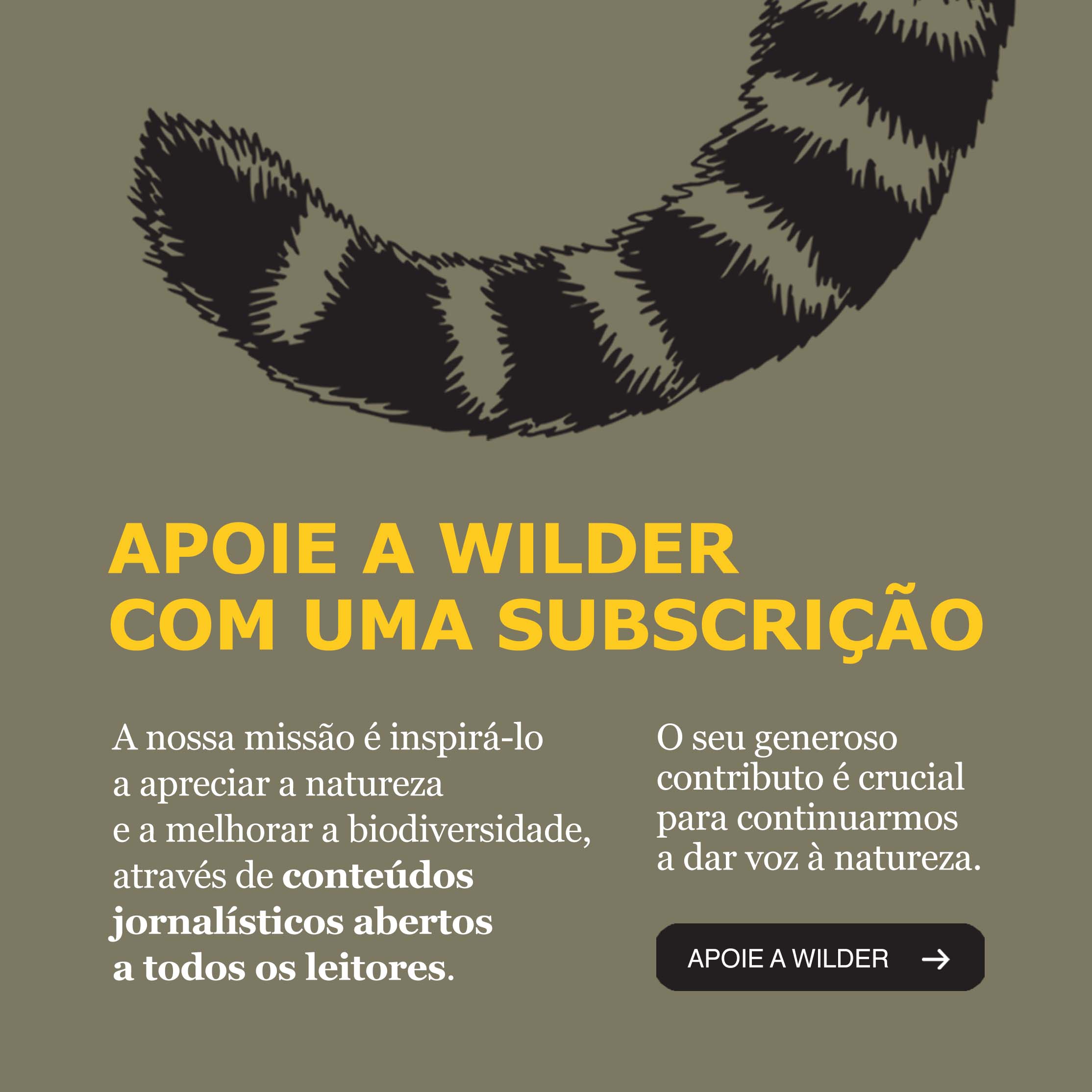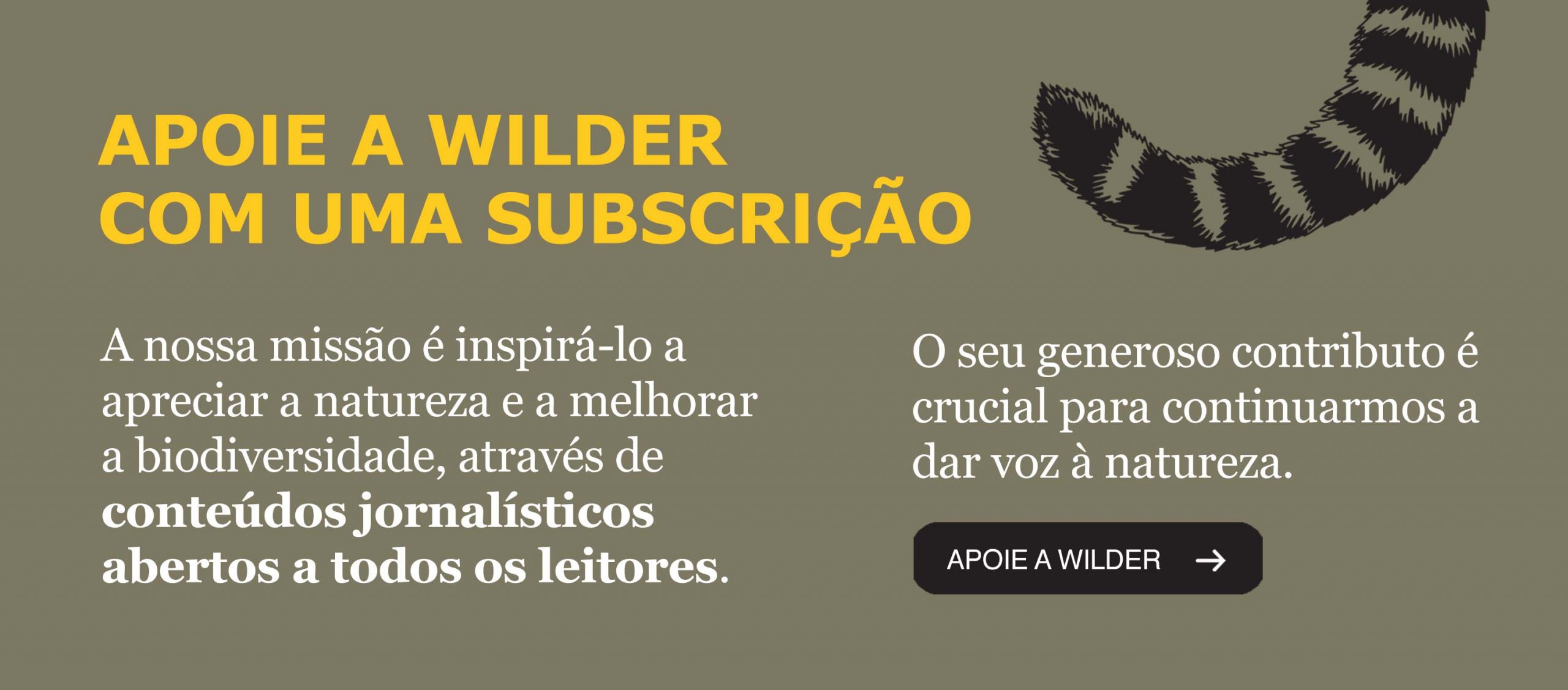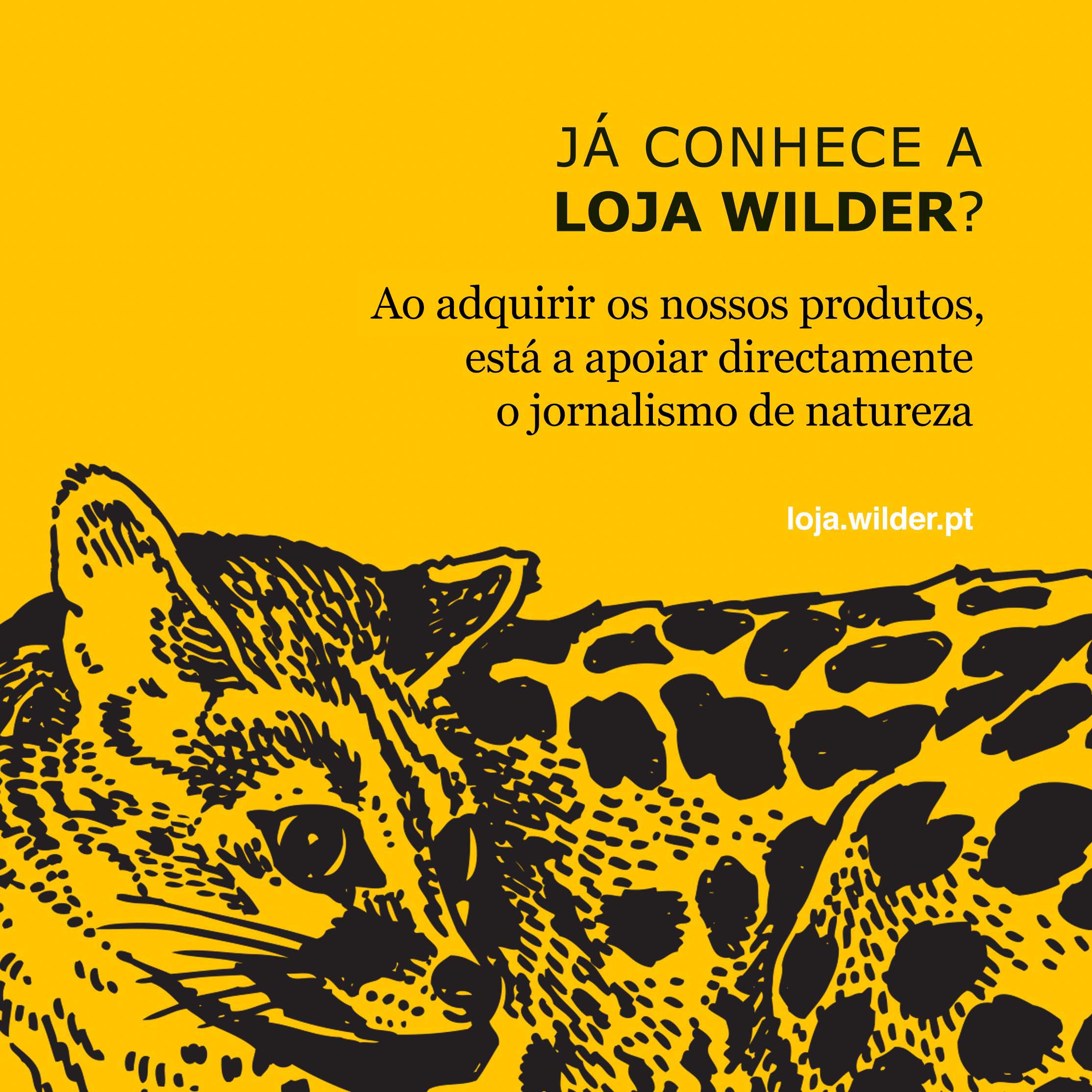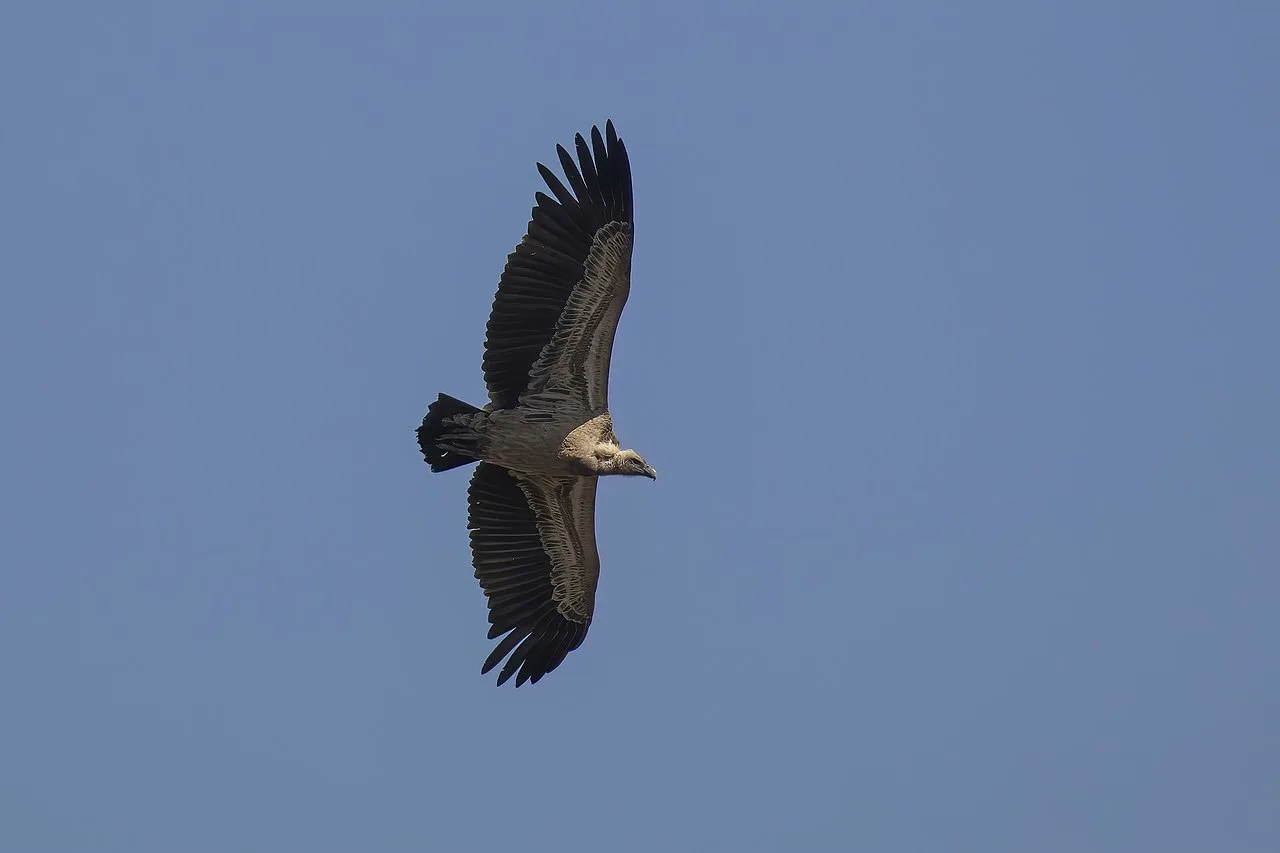Every month, we choose five new books about nature. This April find out the relationships between insects and the most common wild plants, how it was when Europeans saw a giraffe for the first time, have a thorough knowledge of how perfect eggs and feathers of birds are and whether England still has space for wild life.
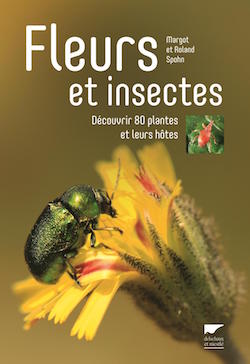
By Margot Spohn and Roland Spohn
Delachaux et Niestlé
Date of publication: 7th April
Price: 24,90 €
A cheerful bustle reigns around each plant. All kinds of insects, small animals and microorganisms make there their home or visit it to feed, from the top of its flowers to the roots under the ground. What is the relationship between plants and animals? What is a plant microhabitat? Who lives in those microhabitats? What can a plant offer? This book, written by two biologists, introduces the reader into the fascinating relationships between plants and their visitors and answers many questions. The guide, with text and images arouses curiosity that allows fantastic discoveries during walks in any season of the year. All plants in this book belong to common species, known by everyone and easy to identify.

By Claire Cock-Starkey
The British Library Publishing Division
Date of publication: April
Price: 12,99 £
Can you remember seeing a giraffe for the first time or tasting a pineapple or touching a cactus? Probably not because nowadays knowledge is everywhere and sometimes we feel there is nothing new to discover. But if we travel back in time, maybe a few hundred years, people discovered new foods, animals, plants and cultures for the first time. Everything started with overseas trade routes. This book reflects the wonderment and curiosity of those new experiences. Based on the historical collections of the British Library, Claire Cock-Starkey reveals the reactions and thoughts of Europeans as they visited new places, tasted new foods and encountered strange animals.
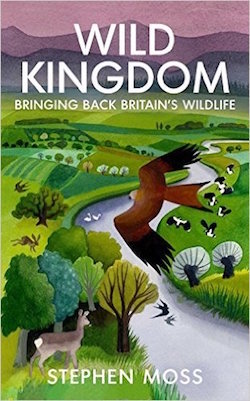
By Stephen Moss
Vintage Books
Date of publication: 7th April
Price: 12,99 £
Does England have space for wildlife? Stephen Moss – English naturalist working on BBC and author of several books, including Bumper Book of Nature (2009) and Wild Hares & Hummingbirds (2011) – thinks so. The headline news tells us that British wildlife is in trouble. Wild animals that have lived there for thousands of years are disappearing because of pollution and persecution, competition with exotic species, changing methods in farming and forests management and climate change. And it is not just rare species that are vanishing. Hares, hedgehogs, skylarks and water voles are in free-fall too. In spite of this, there is good news. In Newcastle, otters returned to river Tyne, in Devon there are beavers on the river Otter and peregrine falcons now live in the heart of London. Elsewhere in the British countryside things are changing in a process called “rewilding”. Stephen Moss gives us a first hand testimony of how wild species are succeeding in surviving.
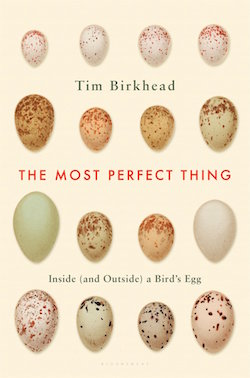
By Tim Birkhead
Bloomsbury USA
Date of publication: 12th April
Price: 17,15 $
Renowned ornithologist Tim Birkhead starts this exciting story when a female guillemot chick hatches out of its egg, already carrying inside her tiny eggs within her undeveloped ovary. As she grows, only some of its eggs will mature in one breeding cycle. The book “The most perfect thing” is about how eggs in general are made, developed and hatched. Birkhead uses bird’s eggs to open for us the world of natural history, enriched by the stories of naturalists and scientists who have advanced knowledge through their discoveries.
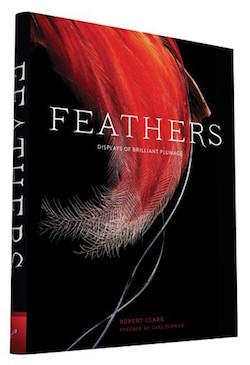
By Robert Clark (Preface by Carl Zimmer)
Chronicle Books
Date of publication: April
Price: 18,97 $
Over 176 pages, dozens of images by Robert Clark, award-winning photographer at National Geographic magazine, give us a captivating perspective of the beauty and diversity of functions of something deceptively simple: the bird feather. Each detailed close-up is paired with informative text full of details for us to understand the utility and evolution of the highlighted feather.
[divider type=”thick”]Explore more nature books here.

